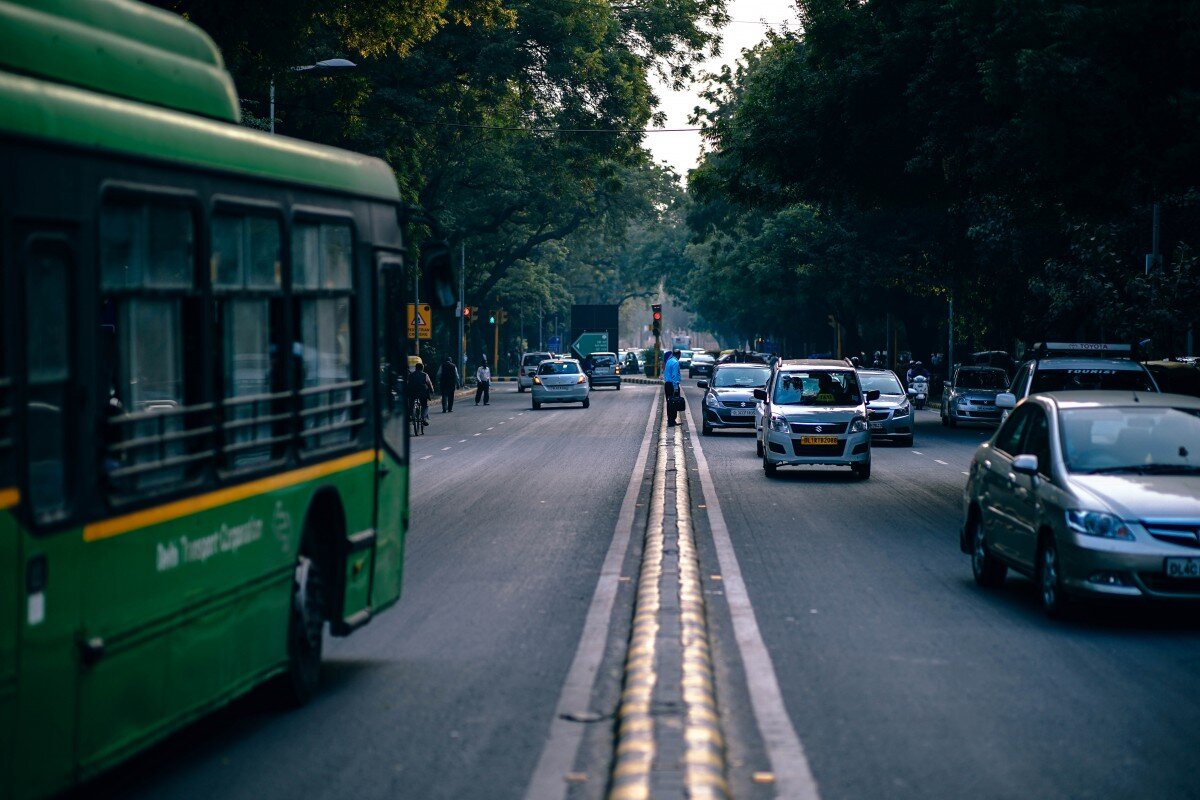Walking is one of the most important means of moving from one place to another. However, as India’s car ownership capacity increases, the lives of these pedestrians and cyclists are more at risk.
In the absence of pedestrian-specific infrastructure in the country, the walkability of the Indian cities is getting worse as the number of cars increases on roads. About one of every ten traffic-related fatalities in the country is a pedestrian. According to Data Sources in India, in 2016 nearly 15,800 pedestrians were killed. They were mainly exposed to risk when crossing and walking on the road in urban and rural areas.
Pedestrians and bicyclists are often the most vulnerable. The urban poor is often ‘captive users’ of non-motorised transport. They walk or cycle even when it’s inconvenient because they can’t afford any other modes of transport. As a result, unsafe roads overwhelmingly affect socially and economically disadvantaged residents. Marginalised communities such as poor people and migrants are also unduly affected by collisions, as they’re often in more vulnerable positions as pedestrians or users of non-motorised transport. They also potentially lack good access to medical and trauma care.
Indian cities must address these issues and improve pedestrian and bicycle infrastructure. In most Indian cities, barely 30% of streets have pedestrian pathways. Even where pedestrian paths exist, they’re often taken over for parking or sometimes even driving of motorised vehicles, especially two-wheelers in many Indian cities.
Better enforcement of traffic laws is also crucial. This needs to benefit the people most endangered by traffic violations. Reports of speeding SUVs hitting auto rickshaws and pedestrians continue to be common, with low-income road users being the most affected.
Despite this, pedestrians or cyclists are sometimes made to bear the burden of traffic regulation. Pedestrians are regularly urged to use footbridges or skywalks (elevated walkways) in the absence of pedestrian crossings. But many cases have shown that this is less than an effective solution. Wheelchair users, for one, are completely ignored in these designs.
In Mumbai, more than 30 skywalks have been built since 2008. But these have come under fire for being very expensive to build and difficult to use, given the lack of escalators or lifts and limited considerations of safety.
Some individuals have taken matters into their own hands. Gangadhara Tilak Katnam is a 70-year-old resident of Hyderabad who quit his job to repair potholes full-time under his own steam. He’s filled more than 1,300 potholes so far.
However, individual solutions can’t replace sustained governmental action. Indian cities need better coordination between agencies that can holistically take responsibility for transport, including generating reliable transport data.
Thank you for reading. Please drop a line and help us do better.
Regards,
The CSR Journal Team


